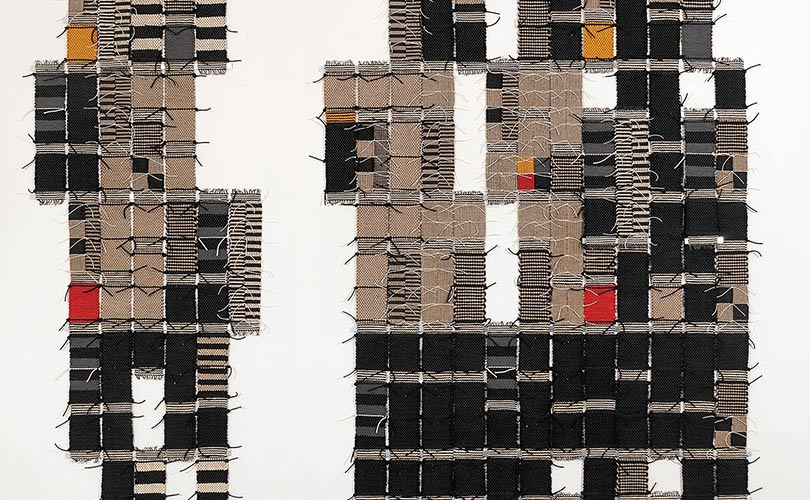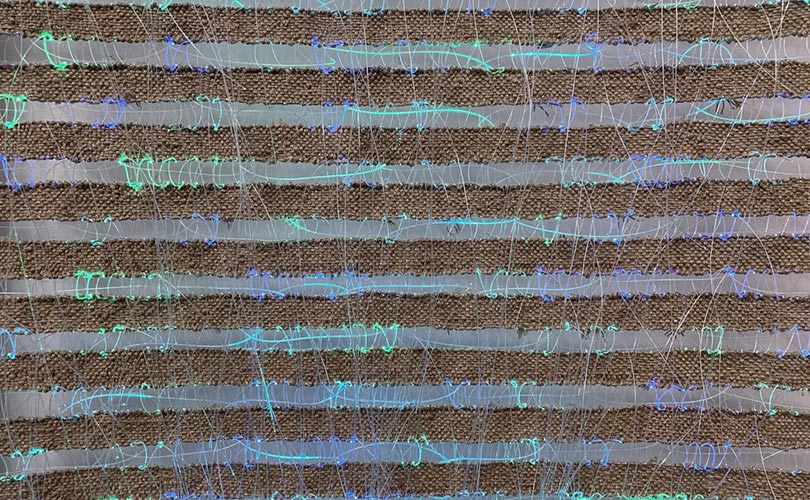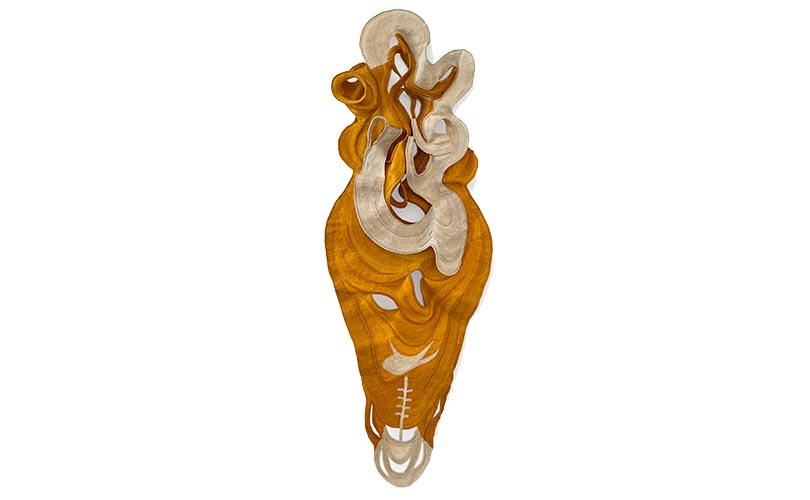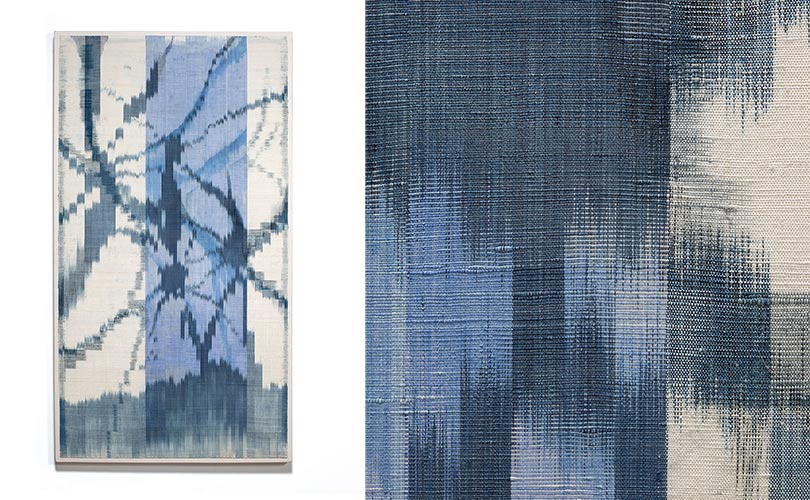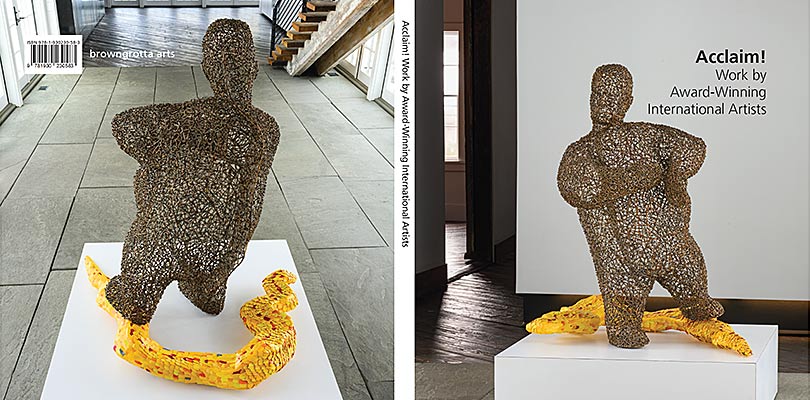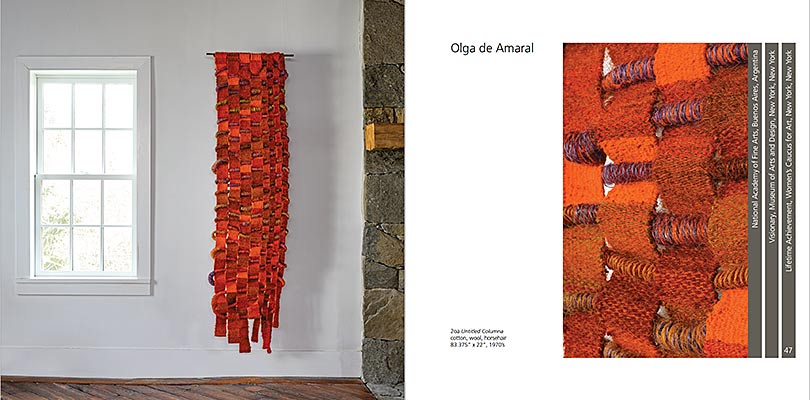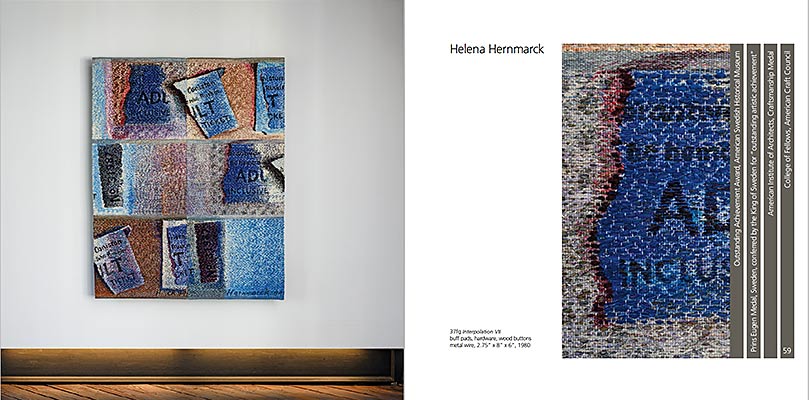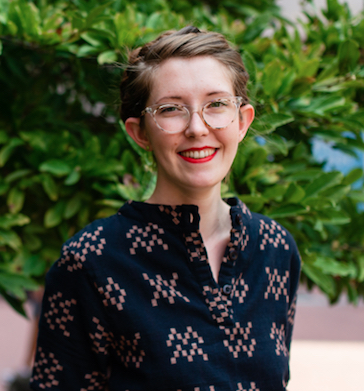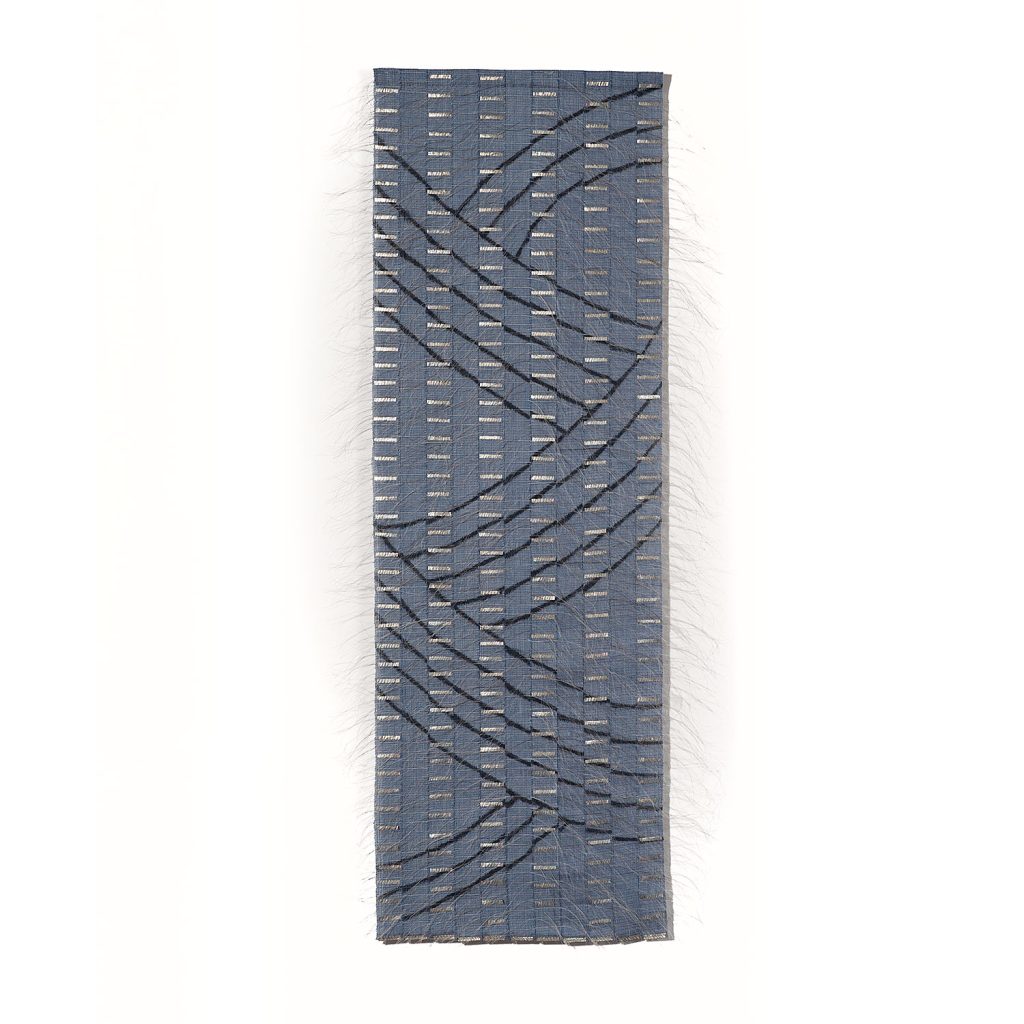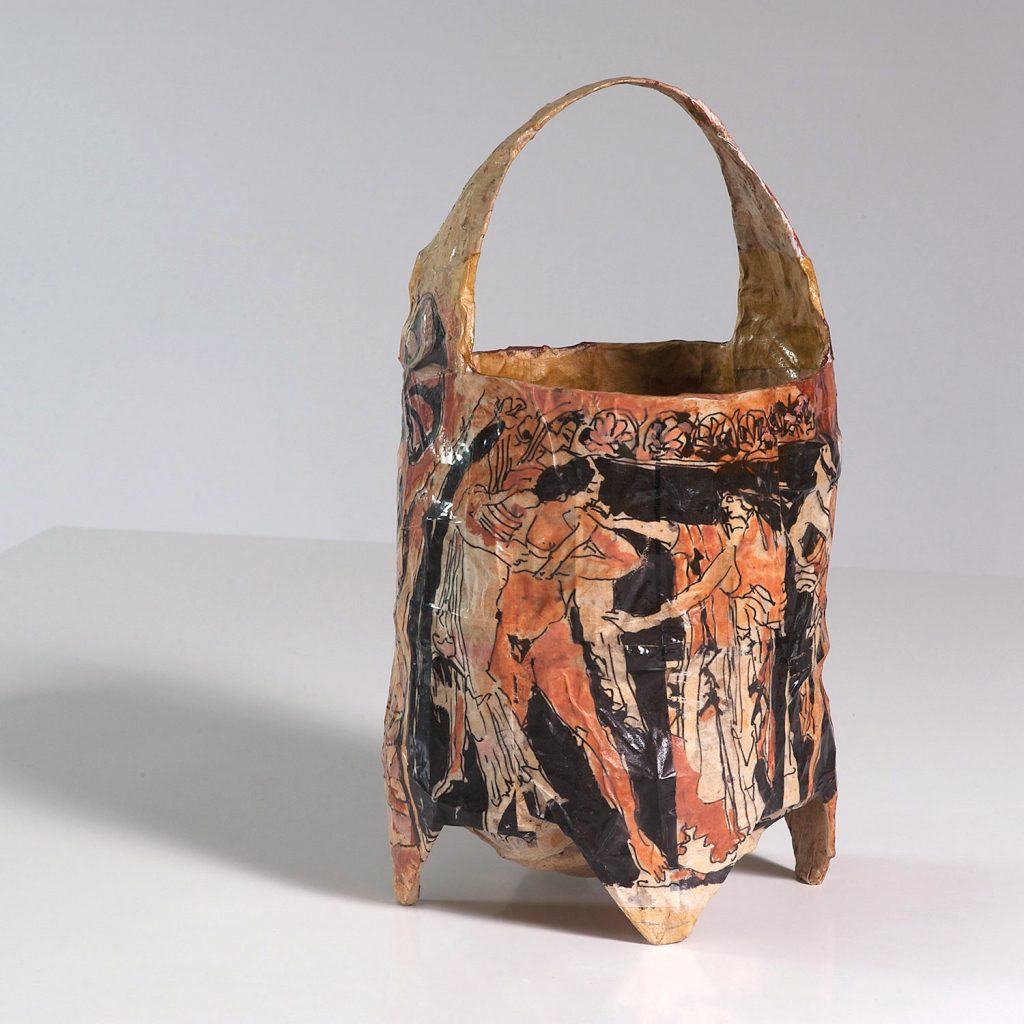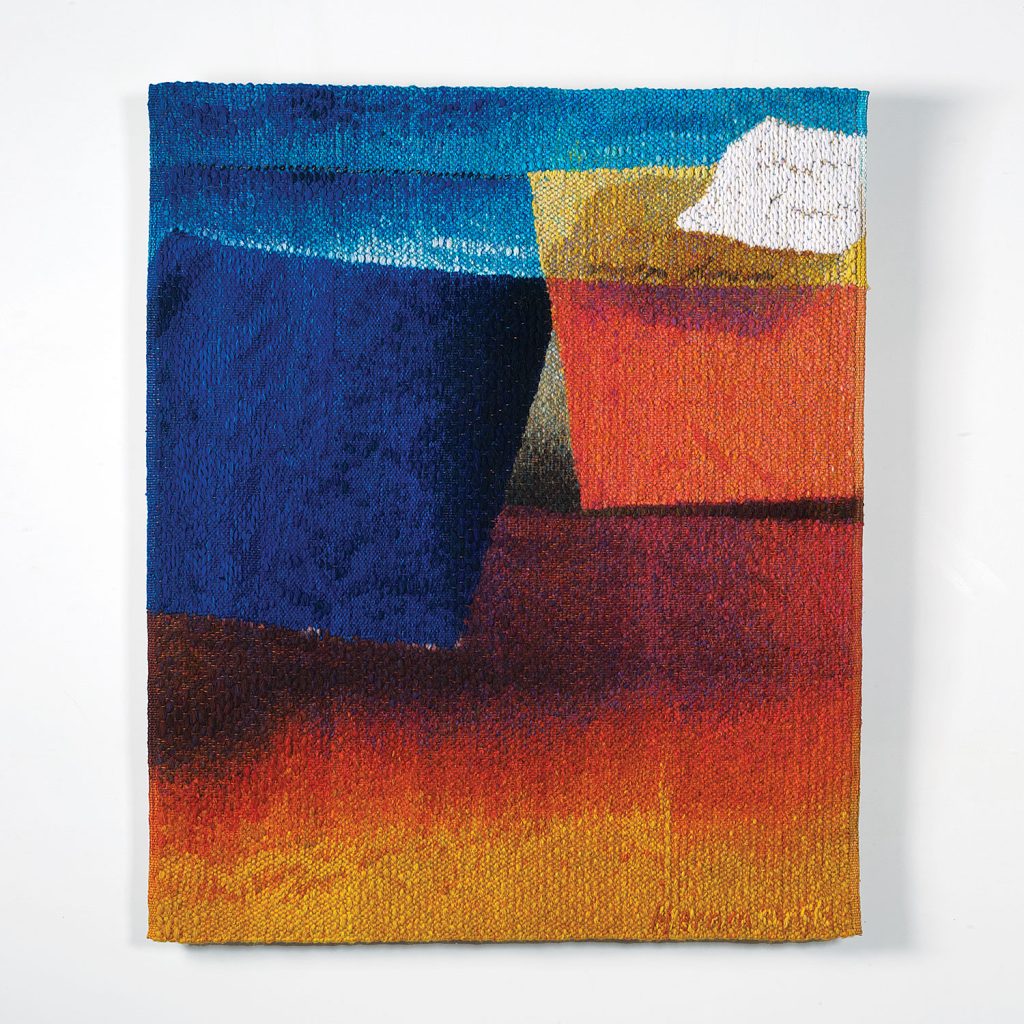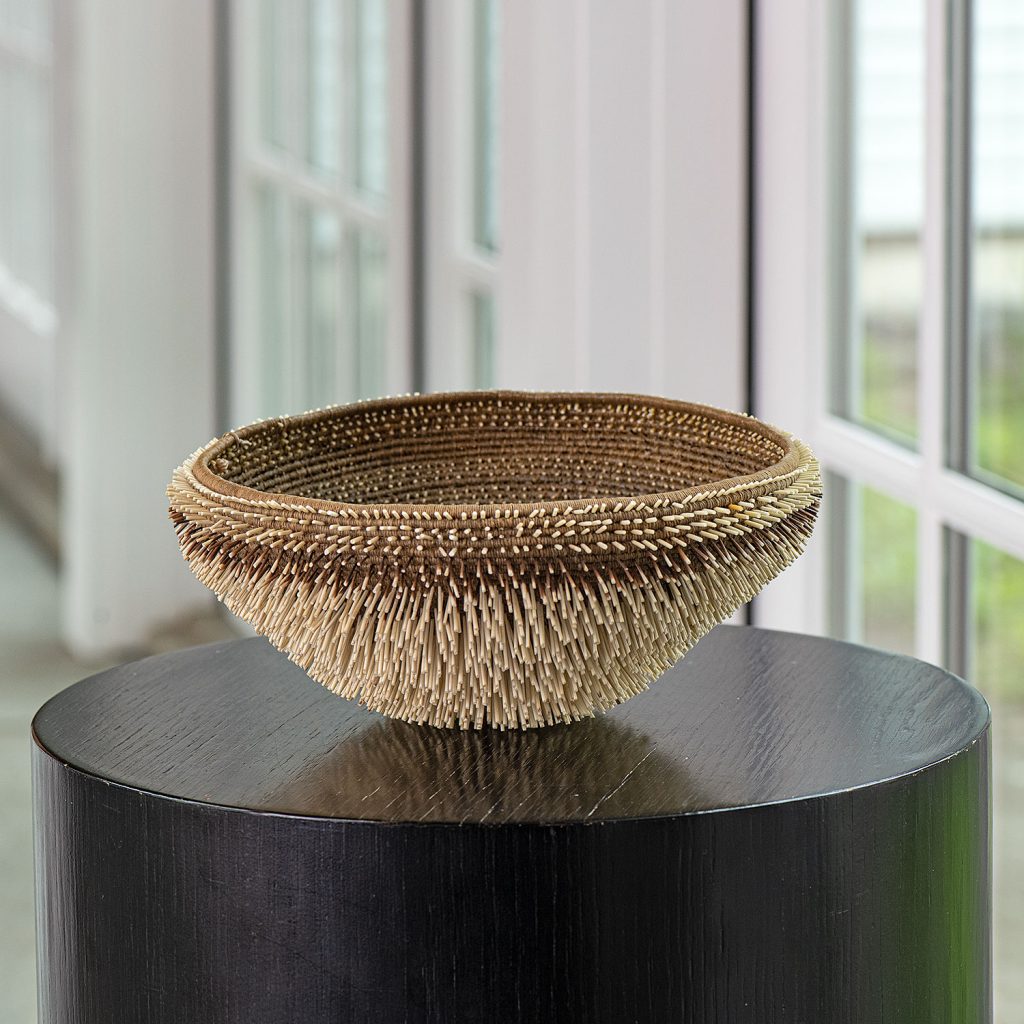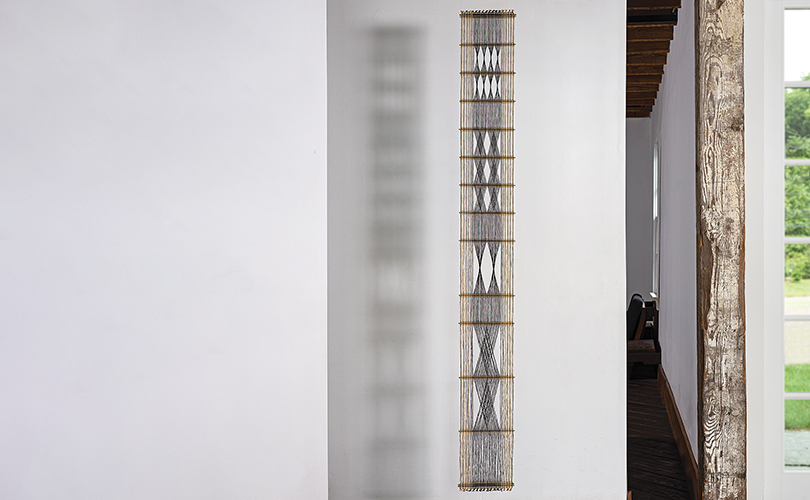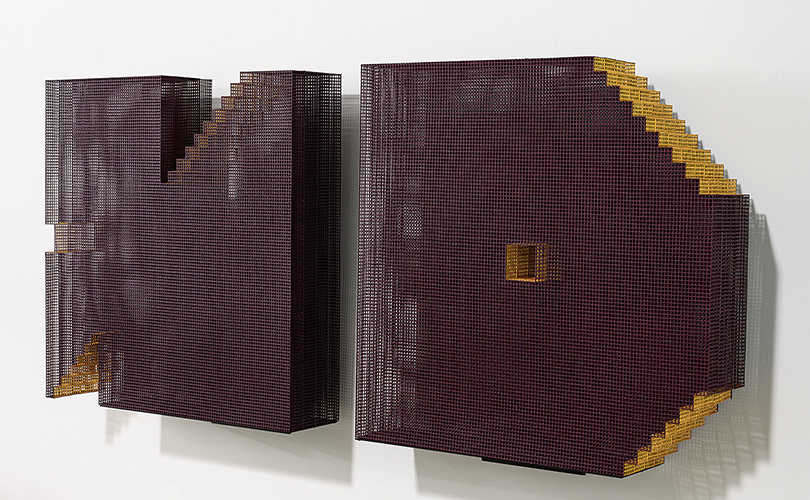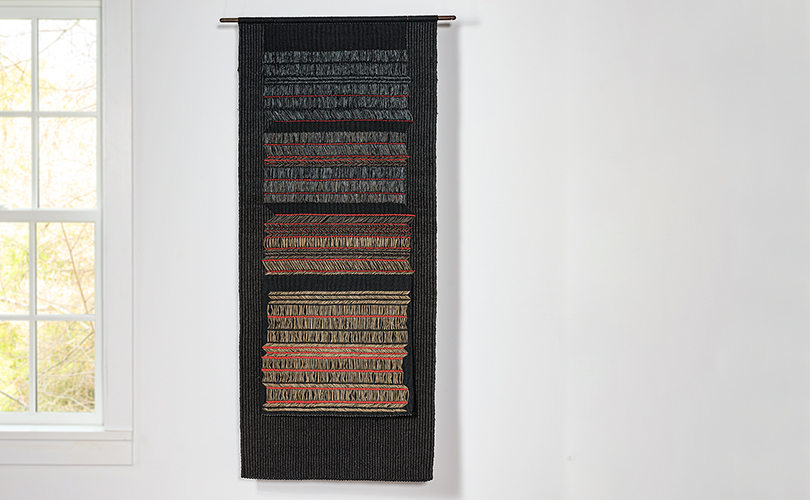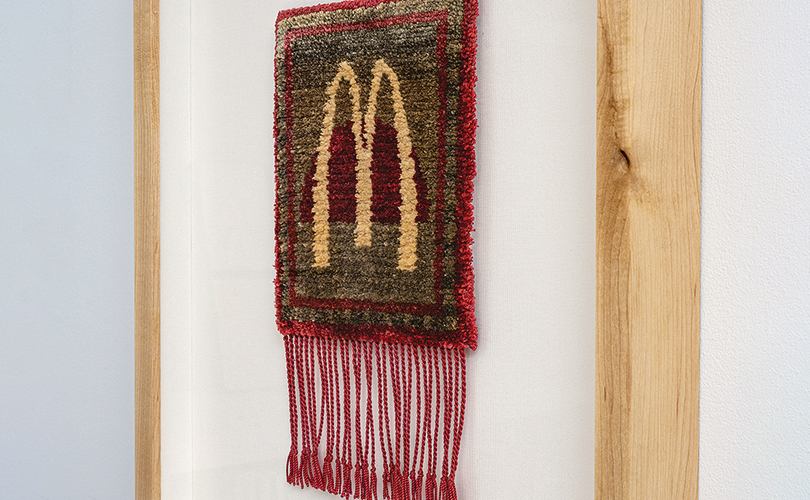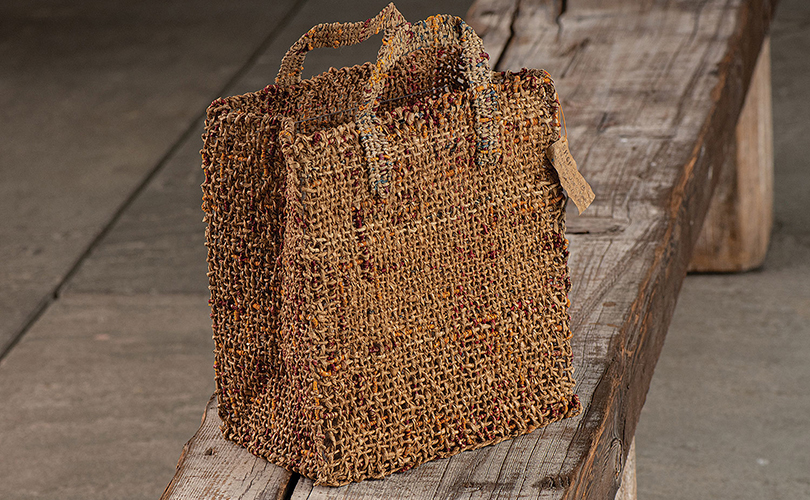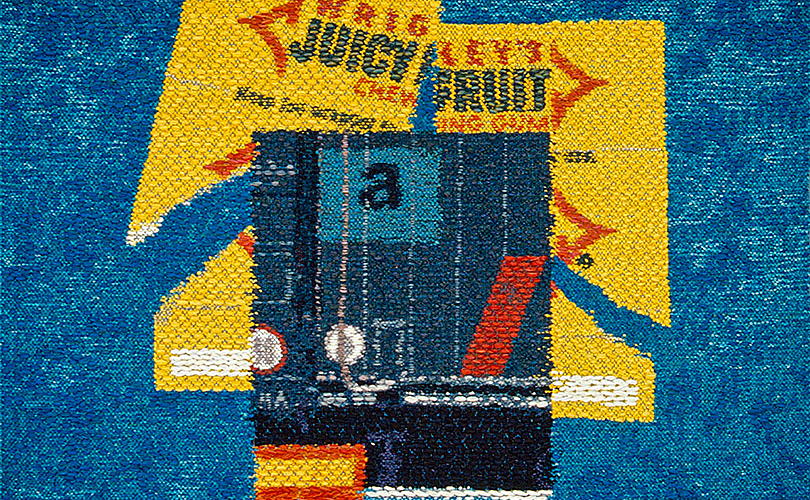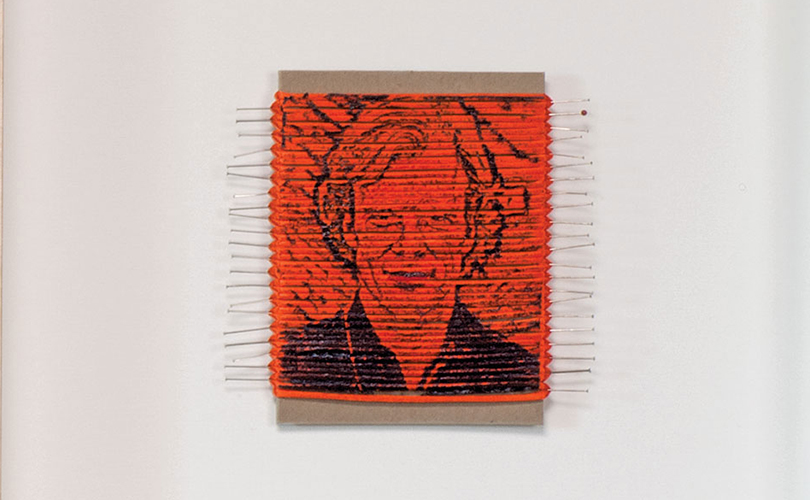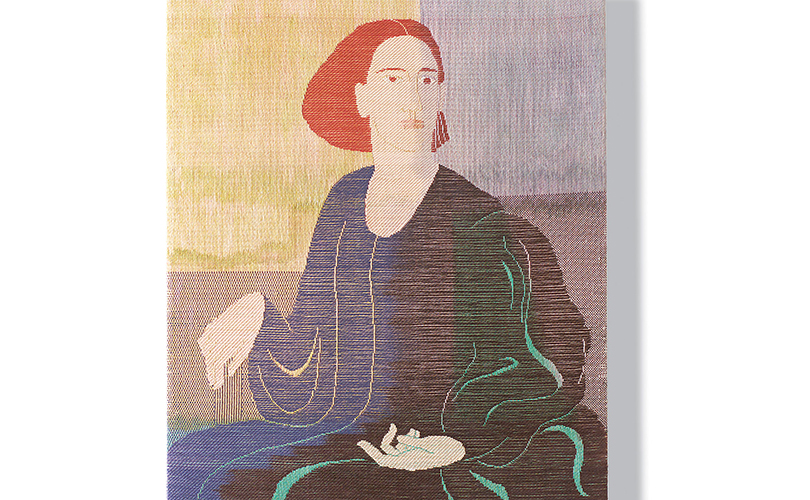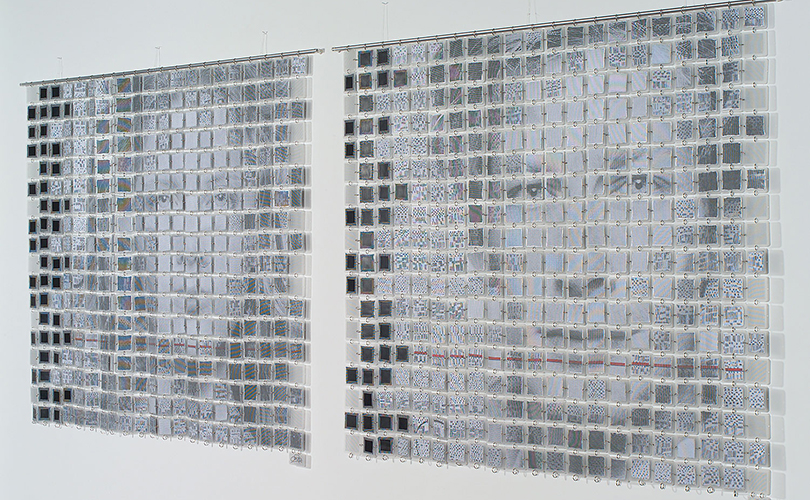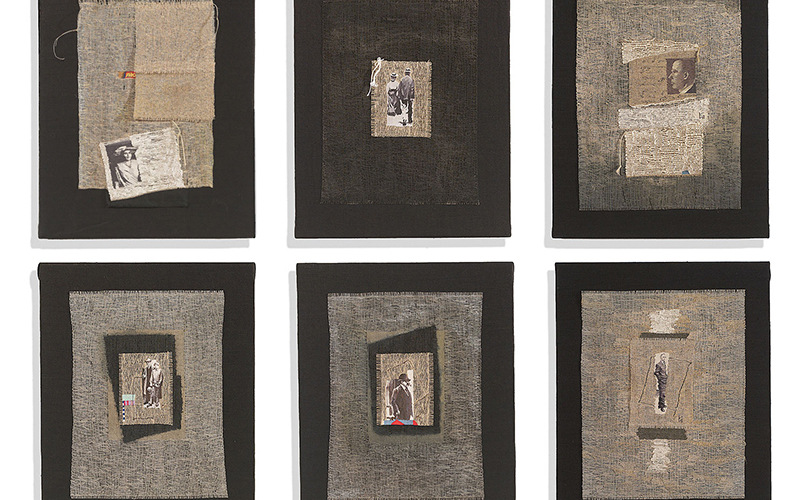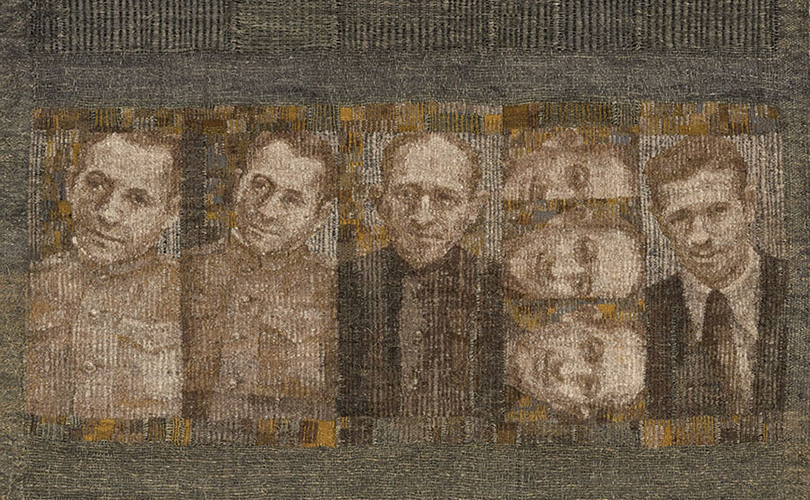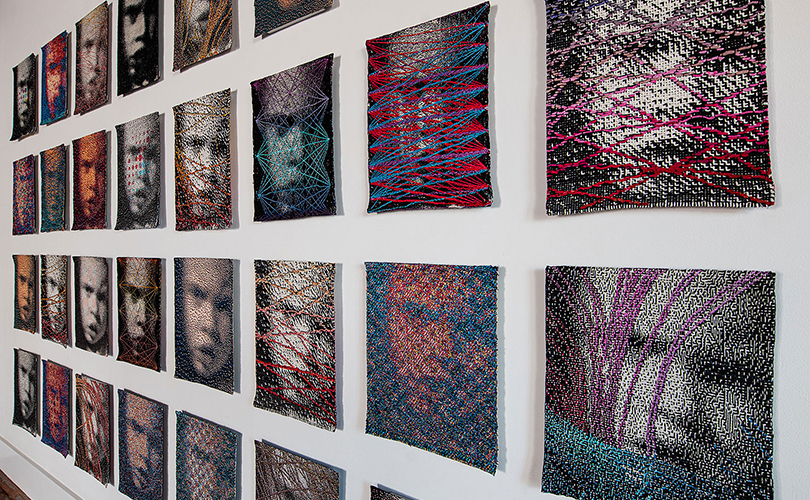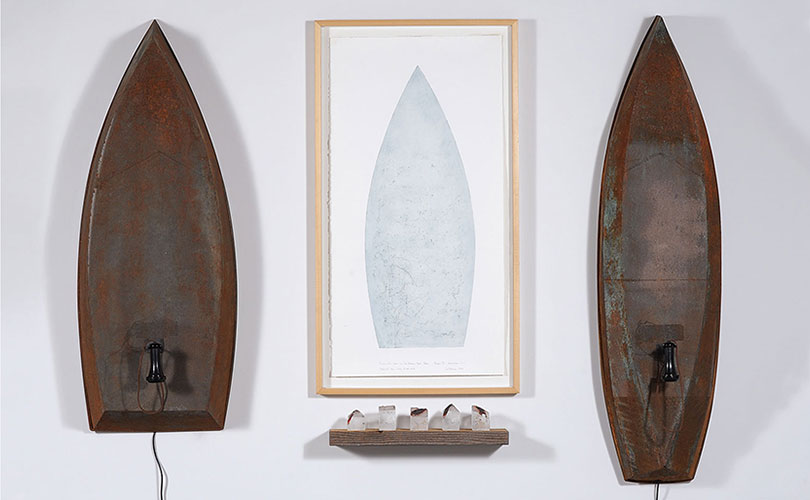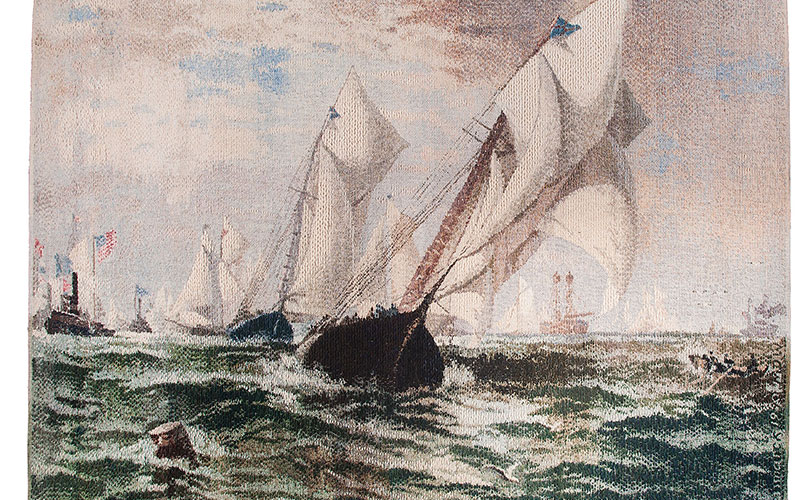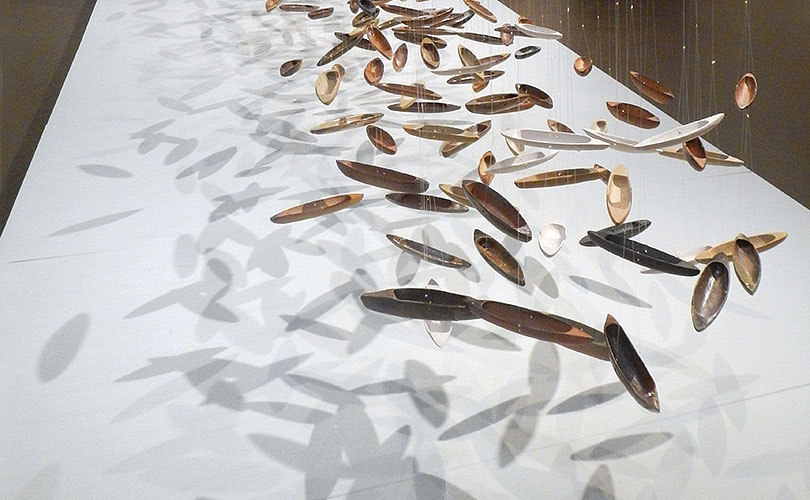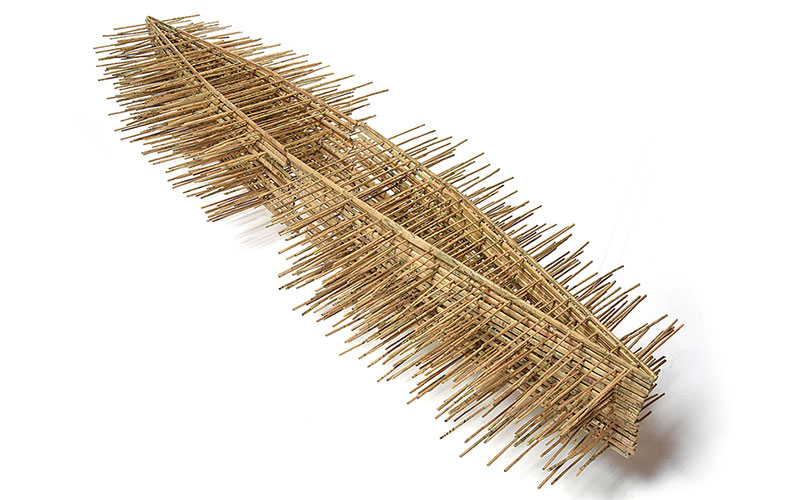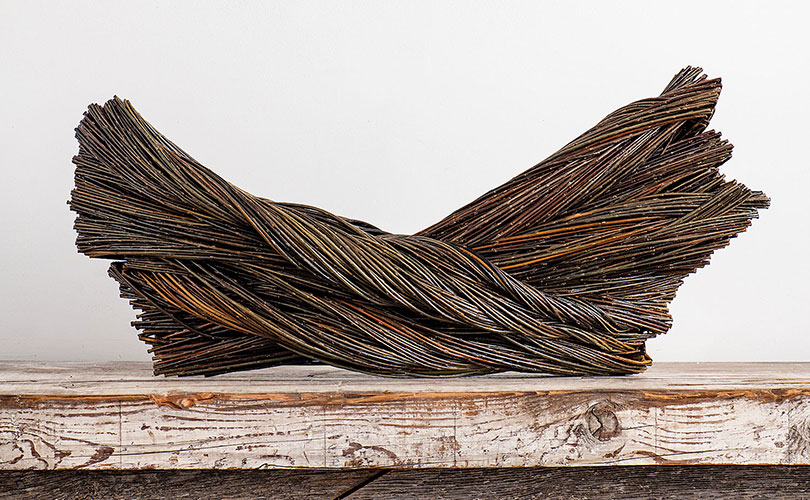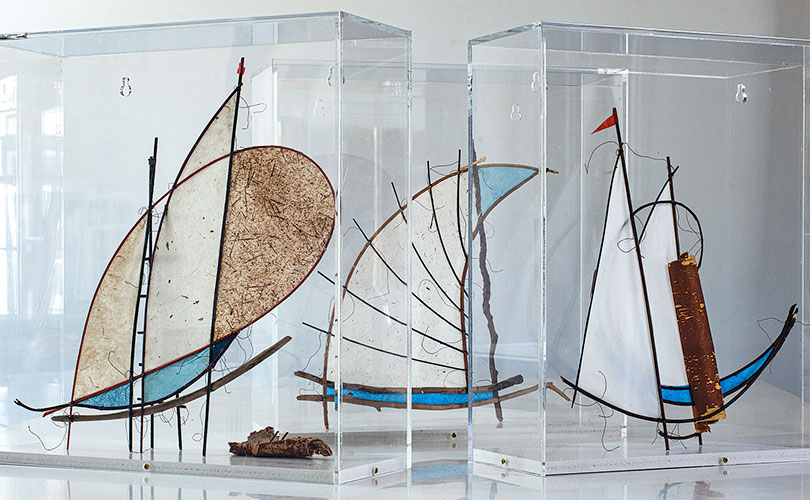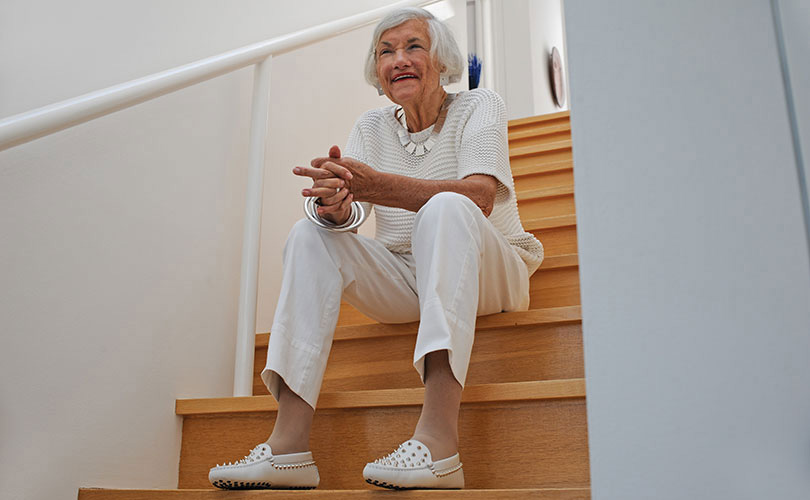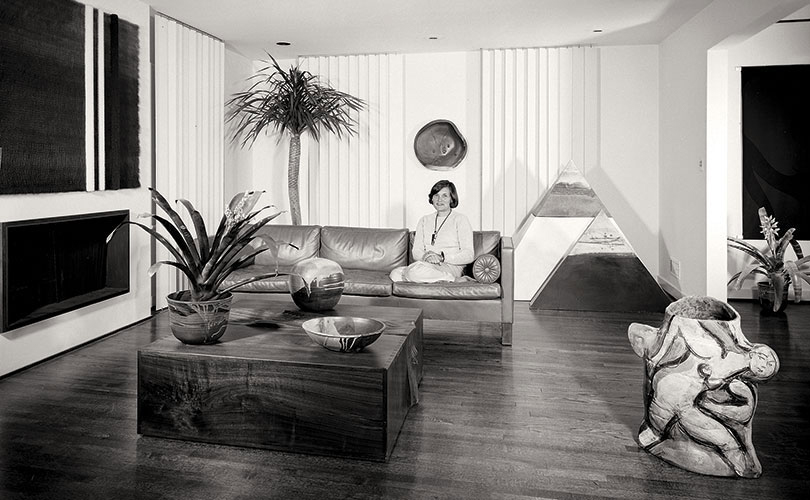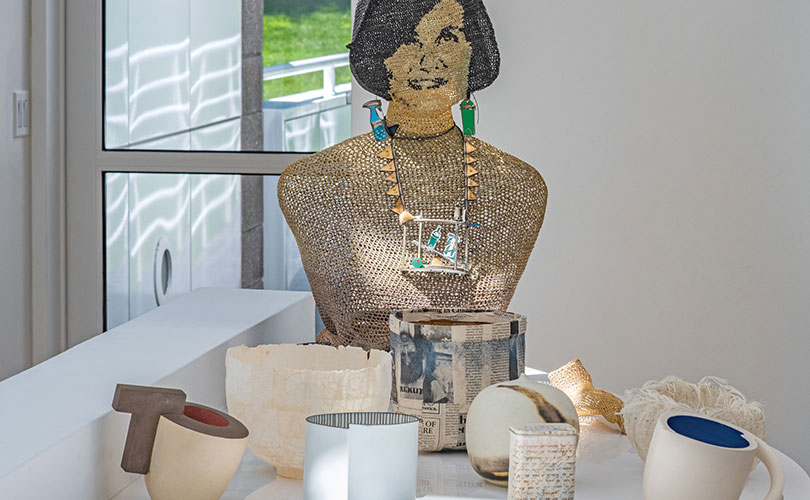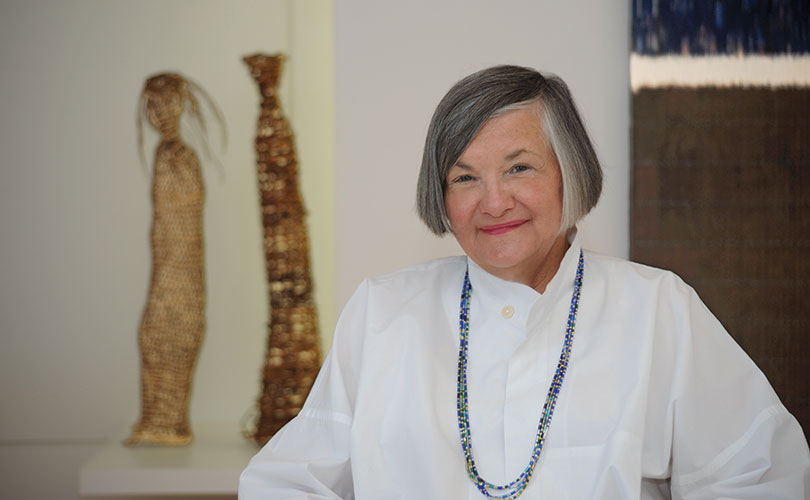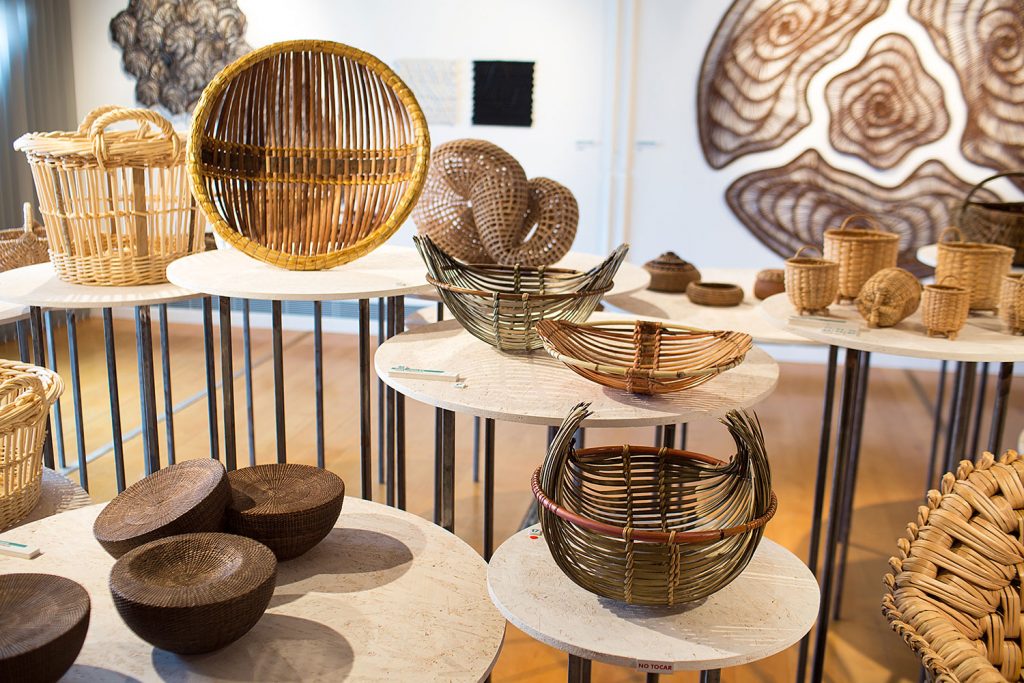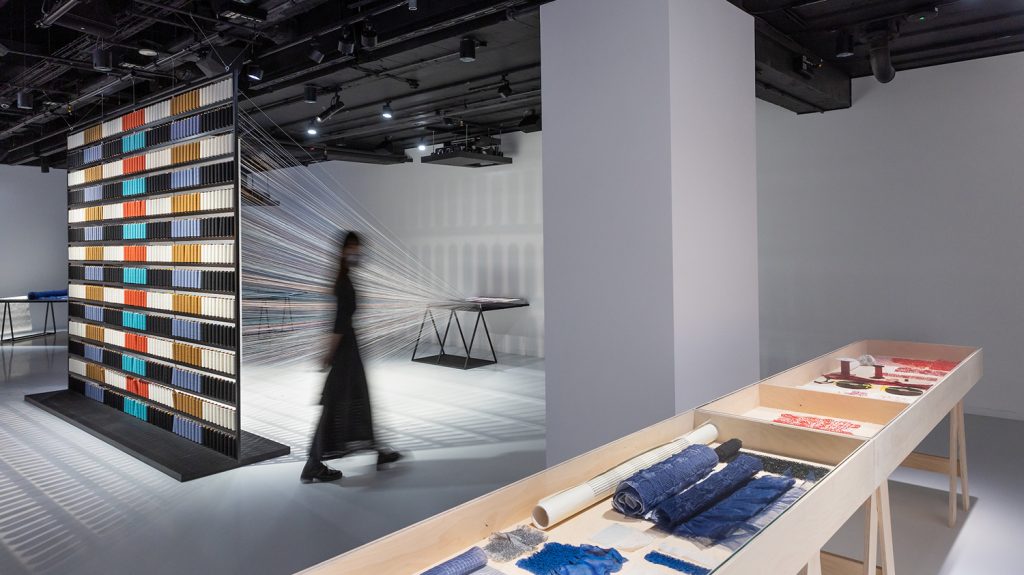As August comes to a close, we’re excited to reflect on the remarkable artwork that has graced our New This Week series throughout the month. This month, our focus has been twofold: celebrating the creative brilliance of Helena Hernmarck, Norma Minkowitz, Gerhardt Knodel, and Ferne Jacobs, while also putting the finishing touches on our upcoming exhibition, Vignettes: one venue, three exhibitions.
The anticipation has been building as we prepare to unveil this extraordinary fusion of artistry in a unique format. Vignettes will present a triad of exhibitions featuring the distinguished wood sculptor Dorothy Gill Barnes, the renowned weaver and surface designer Glen Kaufman, and An Abundance of Objects, showcasing an array of baskets, ceramics, and sculptures by over thirty international artists.
Stay tuned as we recap all of the New This Week features we covered throughout August.

As we journeyed through August, our New This Week series began with a feature of artwork from artist Helena Hernmarck. Hailing from Sweden, Hernmarck is a trailblazer in the world of tapestry, revolutionizing the field with her innovative techniques and captivating designs. Her tapestries are not just artworks; they are harmonious unions of art and architecture, seamlessly integrating into modern spaces.
Hernmarck’s mastery lies in her handweaving technique, which allows her to conjure the illusion of movement within her tapestries. With every thread, she orchestrates a dance of colors and shapes that come alive, captivating our senses and challenging our perceptions.
Her tapestries, as displayed here, are dynamic conversations between art and observer – inviting us to explore their depths from various distances, each unveiling a different facet of the narrative.
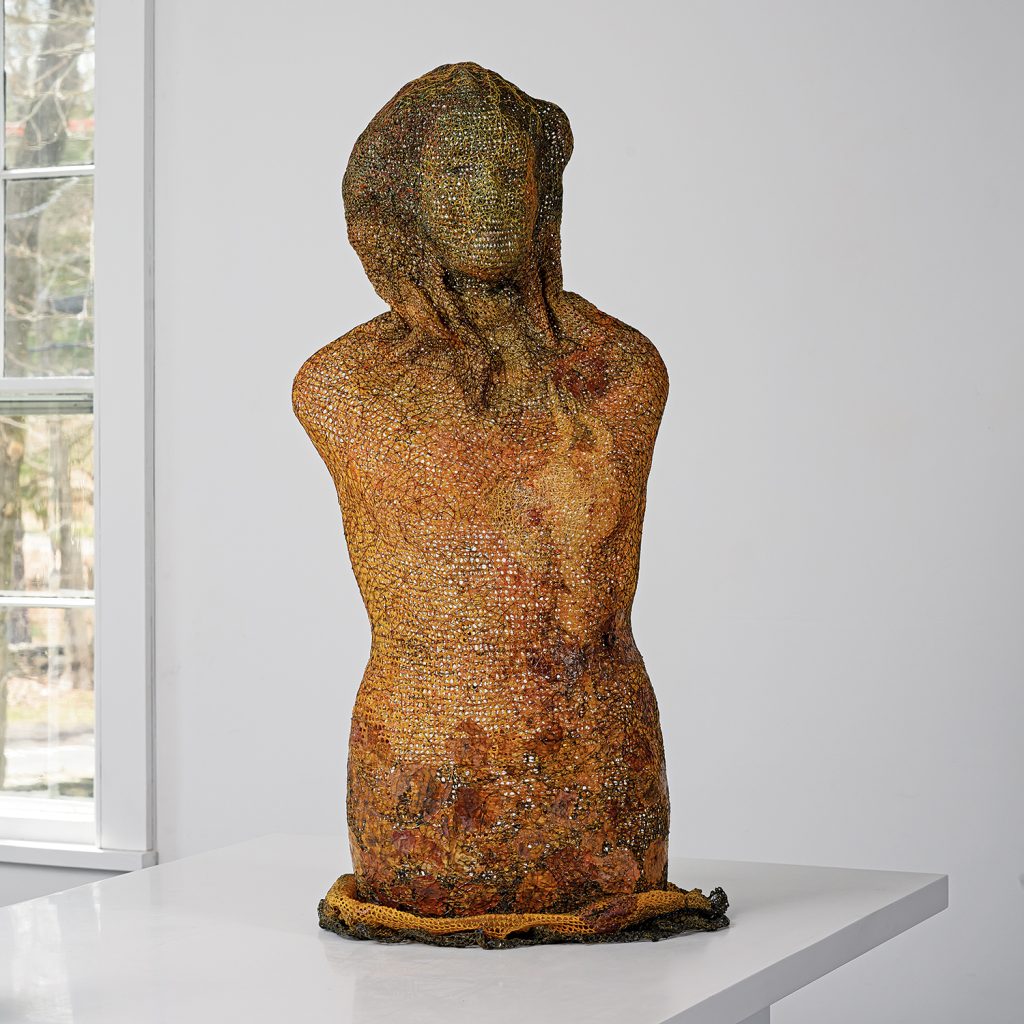
As we ventured further into August, our New This Week spotlight was turned to Norma Minkowitz, a sculptor whose creations embody an intricate dance between structure and surface. Minkowitz has devoted years to pushing the boundaries of crocheted sculptures, weaving them into mesmerizing mesh-like forms that transfix the viewer’s gaze.
Minkowitz’s artistic journey delves deep into the thematic interplay of confinement and release. Her mesh sculptures, delicately formed through the art of crocheting, carry within them a profound reflection on the cycles of life, encapsulating the notions of mortality and rebirth. Beyond their visual allure, her works exude a powerful narrative that intertwines the fragility and resilience of existence.
Incorporating elements from the natural world, Minkowitz often intertwines twigs and branches into her sculptures. With each piece, Minkowitz masterfully transcends mere physicality, inviting us to contemplate the profound complexities that underlie the human experience, and Sophia’s Heart is no exception!

Up next we featured art from Gerhardt Knodel. Knodel is known across the world for his contributions that have shaped contemporary fiber art for over five decades. His artistic exploration of textures and textiles has led to pioneering applications that seamlessly merge fibers with interior architecture, pushing the boundaries of creative possibility.
Drawing from his early experiences in theater design, Knodel embarked on a unique path that delved into uncharted territories of textile applications. His innovative concepts resonated globally, showcased in exhibitions around the world and commissioned for contemporary architectural spaces across the United States. Notably, his work extends far beyond the realm of creation; for 25 years, he steered the graduate program in Fiber at the Cranbrook Academy of Art and directed the Academy from 1995-2007, ultimately earning the esteemed title of Director Emeritus.
Through his inventive approach, Knodel invites us to reimagine the potential of fiber and texture in shaping the aesthetics of our surroundings. His journey is a testament to the transformative power of artistic vision, and we are honored to be able to work with him.
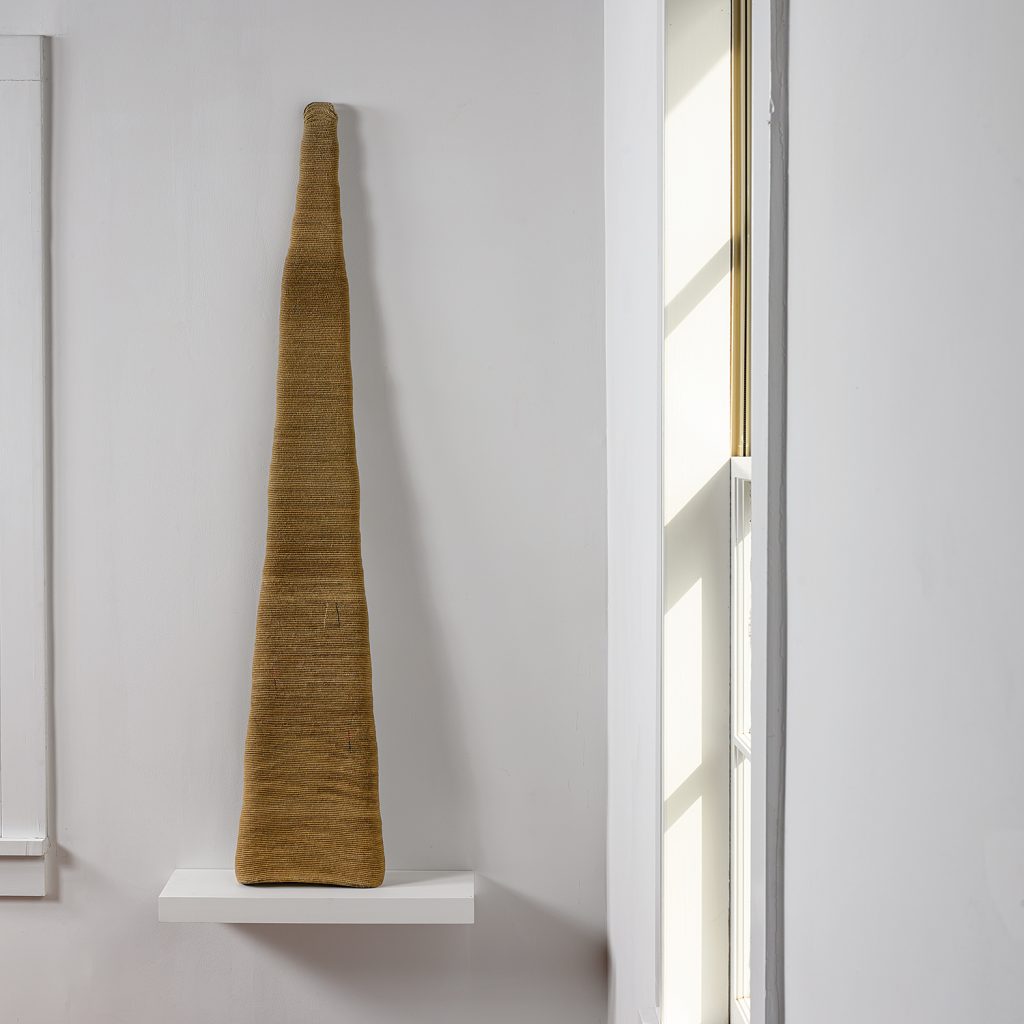
And as we rounded out the month, we introduced you all to Ferne Jacobs, a pioneering figure who has been at the forefront of the fiber art revolution since the 1960s. With innovative ideas and a penchant for pushing boundaries, Jacobs has carved a new path in the world of sculpture, introducing an entirely fresh format to the realm of artistic expression.
Jacobs’ journey of creativity has led her to transcend the conventional, reshaping materials into striking sculptures that challenge traditional norms. Her acute sense of color, combined with her poetic and intuitive approach, infuses her artworks with a distinctive vibrancy that captures the essence of her artistic vision. Her pieces are more than sculptures; they are vibrant dialogues between imagination and reality, form and color.
As we bid farewell to August, we are humbled by the incredible artistic journeys we’ve had the privilege to explore. In the meantime, we are eagerly awaiting the opening of Vignettes: one venue, three exhibitions on Saturday, October 7. We invite you to register for the event and follow along as we continue to drop new artist features throughout September!


